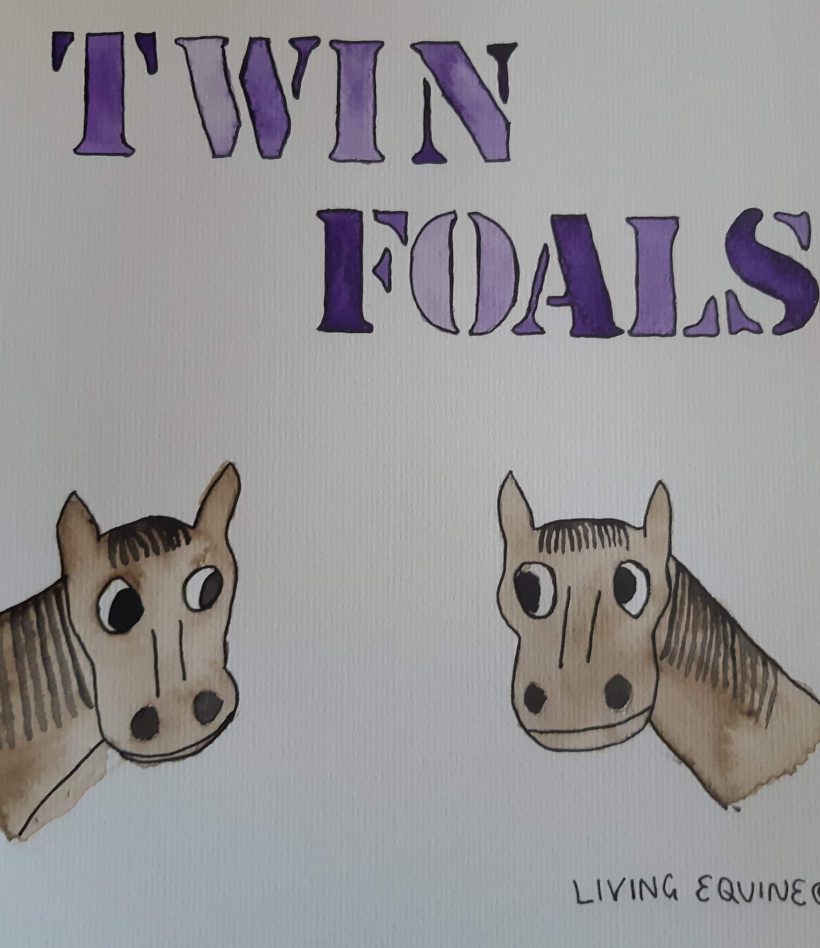As most of you would be aware, there are rare cases where twin foals have been born, and have both survived to be able to have performance careers. However most of the time, when twins are born, its lucky to have even one of them survive.
This is why in best practice, generally mares will only give birth to one foal at a time. Not only is it better for the foal, but it is also better on the mare, and on the people involved.
Mares that are prone to double ovulation during conception, will often conceive twins. This is where careful monitoring with an ultrasound can play an important role in being able to determine the success of a pregnancy. Twins can be seen on the ultrasound as embryos either on one side of the uterus, or on opposing sides. Usually when two embryos are found prior to day 16 of the pregnancy, the less viable embryo will be ‘pinched’, and unfortunately aborted in the early stages. This may seem harsh, but it ultimately will hopefully give the other embryo the best chance of life, and reduce the risk involved for the mare in giving birth to twins.
Often mares that have double ovulations are avoided for breeding purposes, however it can be an advantage to breed with these mares because there are two opportunities at a more viable embryo, rather than only one.
There are many animals in the world that by design breed multiple young per pregnancy, however horses are generally not meant to be one of them. It makes the foals that are born all the more special, and more individual attention can be given.
Feature Image courtesy of Living Equine.
-Skye Pickering Dip. Horse Business Management.

